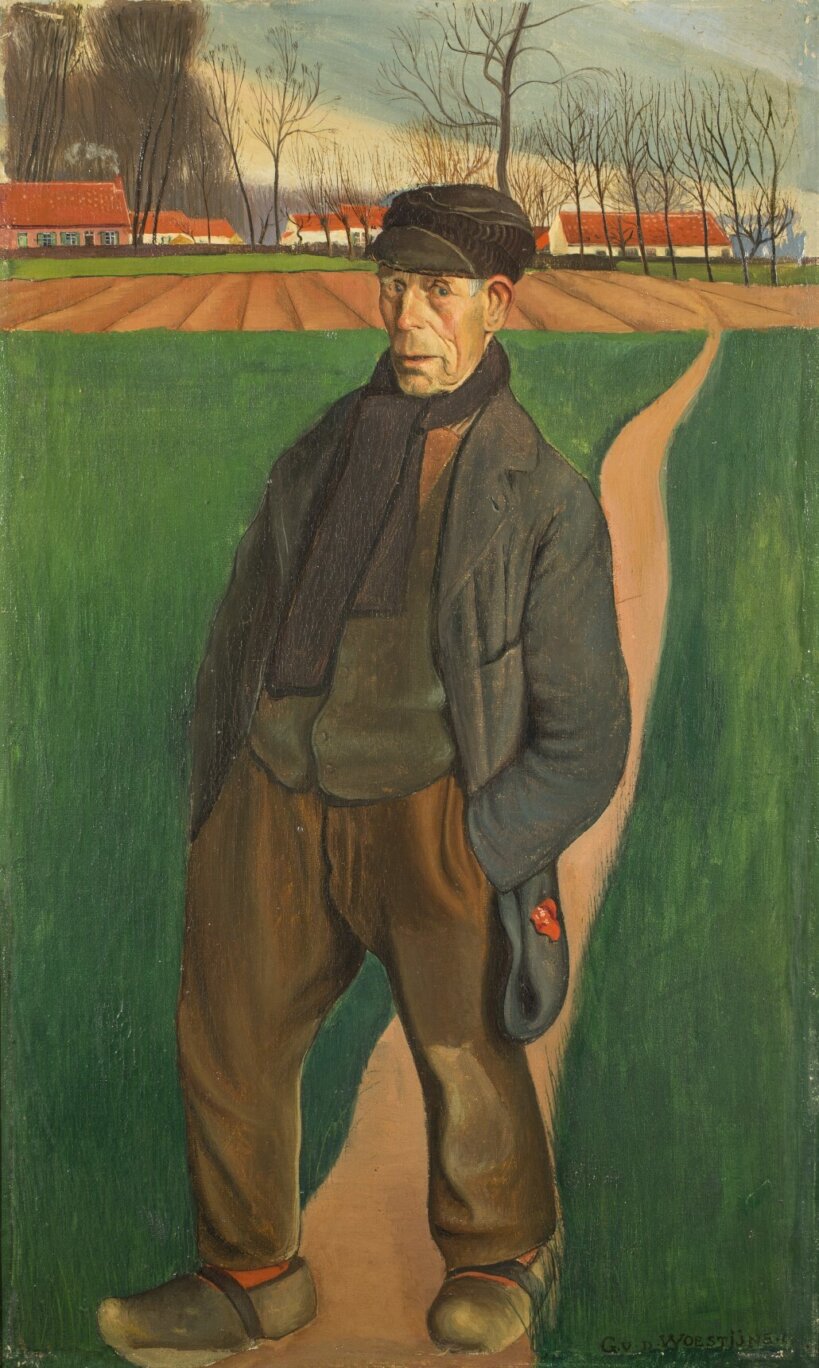The Museum of Fine Arts Ghent (MSK) exhibited all the works of Gustave Van de Woestyne (1881-1947) from the museum's collection. The driving force behind this presentation are a number of recent donations, which considerably strengthen the MSK’s collection of works by this local artist.
Gustave Van de Woestyne
Collection presentation
Collection presentation
Exhibition
07.07.20 – 24.01.21
07.07.20 – 24.01.21
